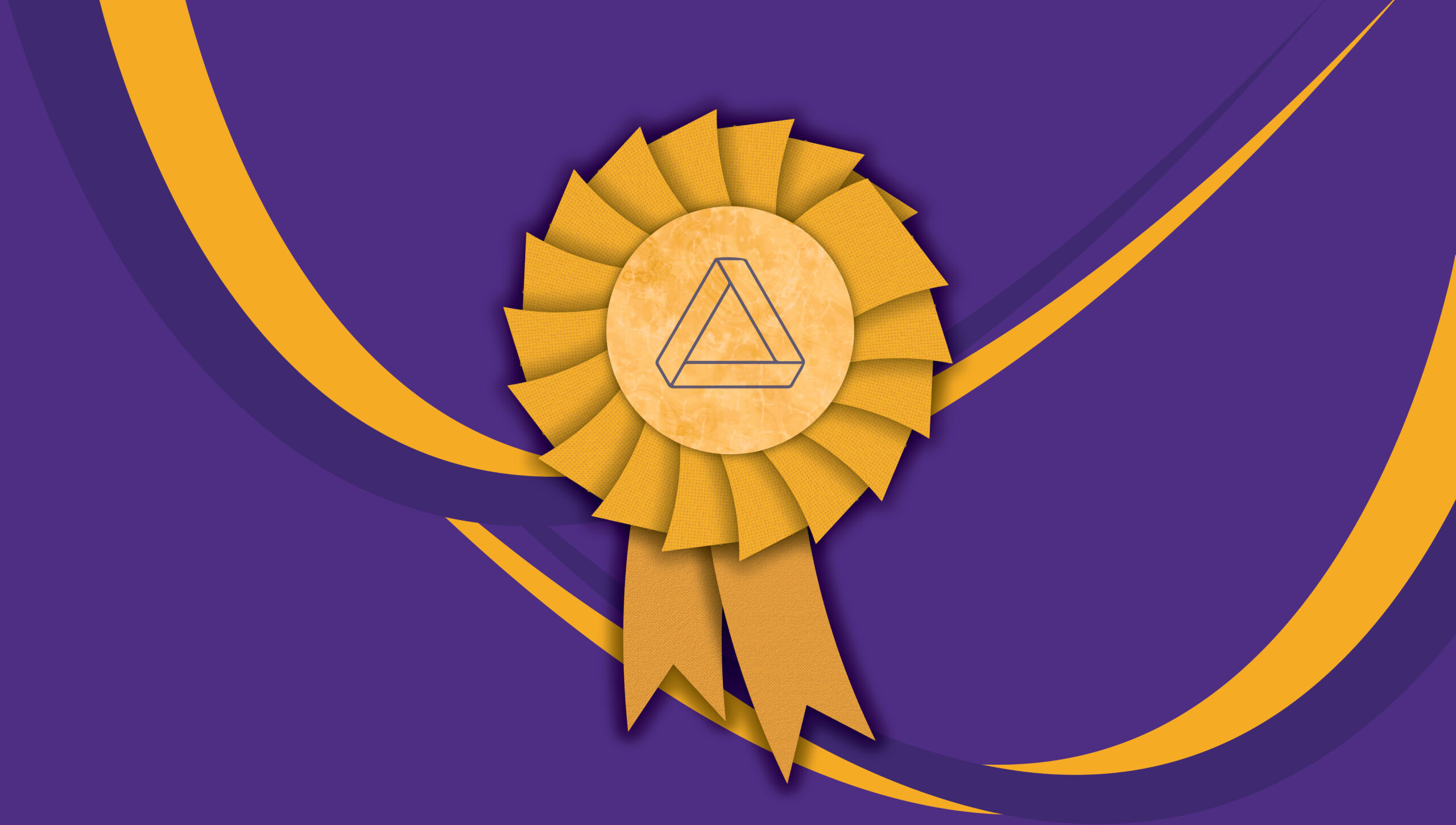
Mathematics A Level
Qualification
AS & A2
Results
A* - A grade: 36.3%
Awarding Body
WJEC
Mathematics A Level Overview
Mathematics A Level emphasizes using and applying Mathematics. The AS specification helps students develop their ability to reason logically and understand the relationship between real-world problems and mathematical models.
The A2 specification extends students’ mathematical skills and techniques, allowing them to tackle more difficult unstructured problems. Students will recognize the relevance of Mathematics to other fields of study, the world of work, and society in general.
Mathematics provides an advantageous route into many careers. Employers highly value the ability to think logically and solve problems. Mathematics has become a requirement for many university courses and offers an advantage in various subjects, including actuarial work and insurance, economics and business, management, finance and accountancy, computer science and ICT, medicine, dentistry, pharmacy, genetic engineering, physics, social sciences, and law.
Please note: Students can choose either Mathematics or Double Mathematics.
AS Level (year 1)
Unit 1: Pure Mathematics A (25%)
Algebra, vectors, differentiation, integration, logarithms, circle geometry.
Unit 2: Applied Mathematics A (15%)
Statistics: discrete distributions including Poisson and Binomial, statistical sampling and data presentation.
Mechanics: kinematics, forces, and Newton’s Laws.
There is no coursework. There are two written papers taken in May or June of Year 12
A2 Level (year 2)
Unit 3: Pure Mathematics B (35%)
Numerical methods, trigonometry, sequences and series and coordinate geometry.
Unit 4: Applied Mathematics B (25%)
Statistics: hypothesis testing, continuous distributions and probability.
Mechanics: applications of trigonometry and integration, moments, forces and vectors.
There is also no coursework in year two. There are two written papers in May or June of Year 13.
Mathematics provides a useful route into many careers. The ability to think logically and be able to solve problems are highly valued skills in the work place. Mathematics is now a requirement for a number of university courses and is also an advantage for many subjects including: actuarial work and insurance; economics and business; management, finance, and accountancy; computer science and ICT; medicine, dentistry, and pharmacy; genetic engineering and physics; social sciences; and law.
Please be aware that every unit can only be re-sat once.
Some students may take Double Mathematics where they complete the whole of A Level Maths in the first year, having twice the usual amount of lessons with the four written papers at the end of Year 12.
Any student who is planning to take a Mathematics related degree (Engineering, Sciences, Computing, Finance/Economics, etc., as well as Mathematics itself) will benefit enormously from taking Further Mathematics, at least to AS level. Further Mathematics qualifications are prestigious and are strongly welcomed by universities.
Each student is strongly recommended to purchase a graphical calculator; the models which are most appropriate to the course will be communicated to students by the teacher at the start of the year.
6 grade C’s at GCSE, including a grade B in GCSE Maths (higher tier) and a grade B in GCSE Numeracy.



